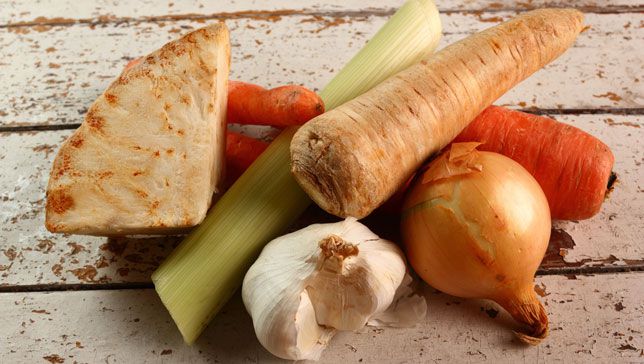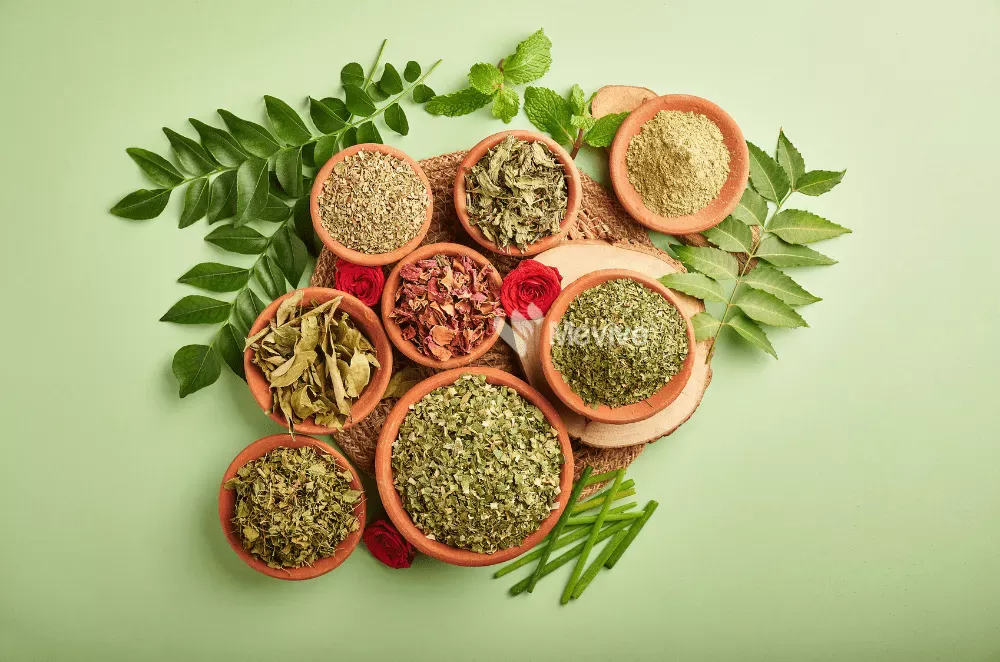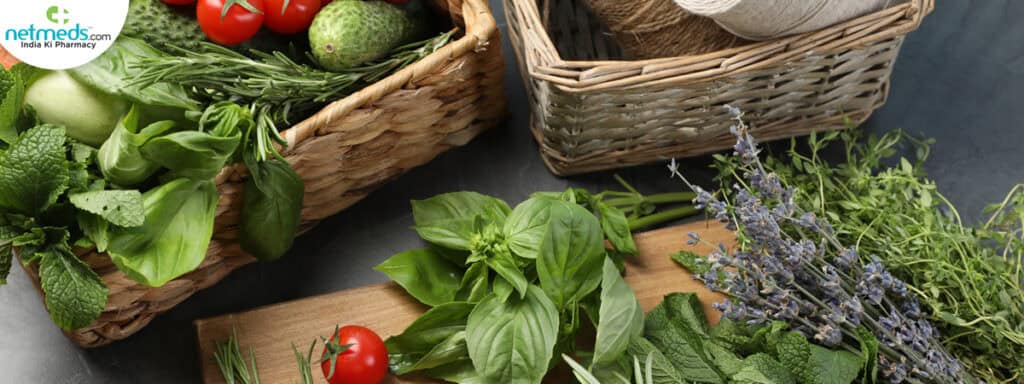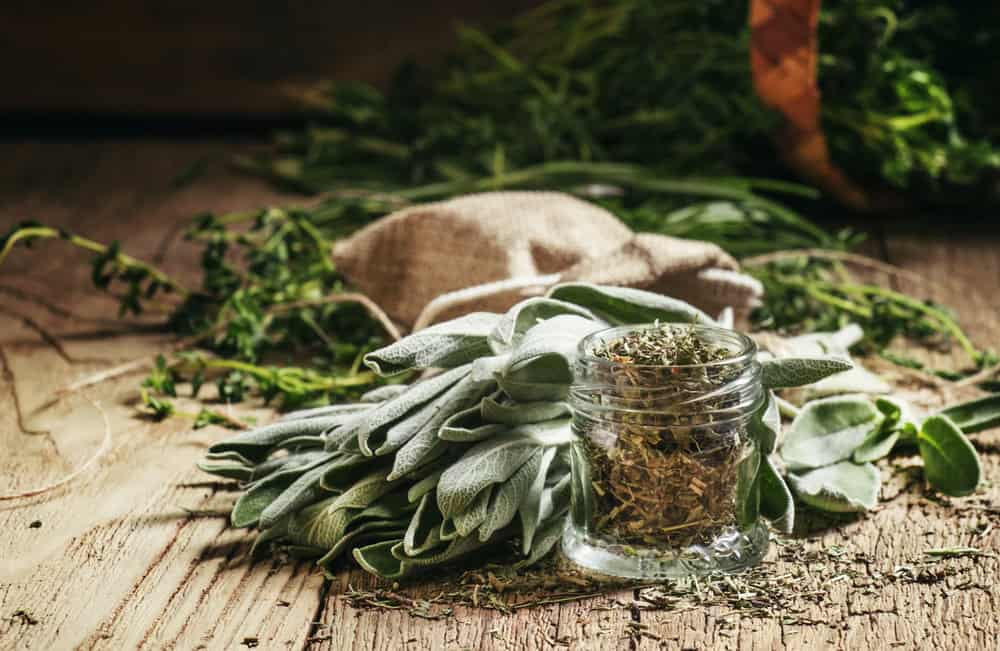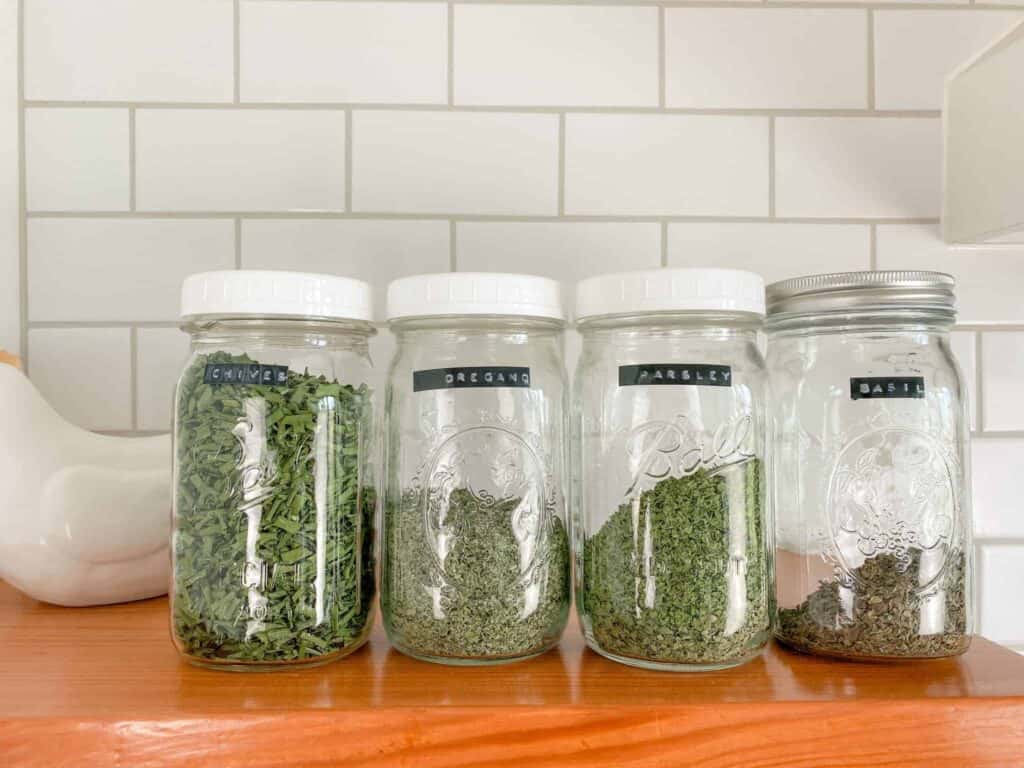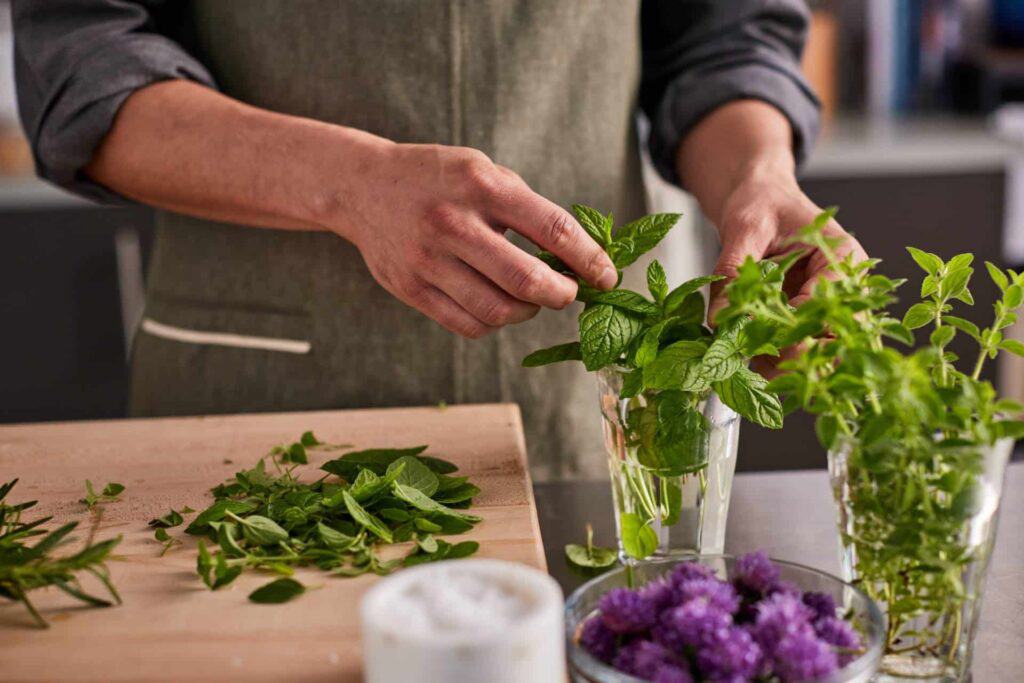SUMMARY: Fresh herbs pack a punch of vitamins, minerals, and antioxidants that support overall health by protecting cells, fighting inflammation, and boosting digestive health. Adding them to your diet can offer a natural and flavorful way to up your nutrition game.
Struggling to add more nutrients to your diet through natural sources?

Fresh herbs might just be the solution you’re looking for.
- The essential vitamins and minerals packed in fresh herbs.
- The abundance of antioxidants in fresh herbs and their health benefits.
- How the anti-inflammatory properties of fresh herbs can aid your well-being.
- The role of fresh herbs in enhancing digestive health.
Keep reading to discover how incorporating fresh herbs into your meals can significantly benefit your health, allowing you to make an informed decision about your dietary choices.
Essential Vitamins and Minerals
One of the most striking benefits of incorporating fresh herbs into your diet is the vast array of essential vitamins and minerals they provide. These natural flavor enhancers are not only about making our dishes more delicious; they’re powerhouses of nutrition. For instance, vitamin K, crucial for blood clotting and bone health, is abundant in parsley and basil. Similarly, mint and cilantro offer a generous amount of vitamin A, vital for maintaining healthy vision and immune function.
But that’s not all. Fresh herbs like oregano, thyme, and rosemary are also rich sources of antioxidants and minerals such as iron, which is key for combating fatigue and supporting healthy blood. Furthermore, potassium, found in generous amounts in herbs like cilantro, plays a critical role in heart health by maintaining normal blood pressure levels. The nutrient density of these plants means that even a small amount can significantly contribute to your daily nutritional requirements, making them an indispensable component of a balanced diet.
Antioxidants Abundance
Fresh herbs are a powerhouse of antioxidants, compounds that play a crucial role in maintaining health by fighting free radicals in the body. Free radicals are unstable molecules that can cause cellular damage, leading to chronic diseases and aging. Herbs like basil, sage, and thyme, are particularly rich in antioxidants such as rosmarinic acid, flavonoids, and polyphenols. These compounds not only protect the cells from damage but also have been linked to lower risks of heart disease, certain cancers, and type 2 diabetes. Including fresh herbs in your diet is an easy and effective way to boost your antioxidant intake and overall health.
Anti-inflammatory Properties
Fresh herbs are celebrated not only for their aromatic and flavor profiles but also for their impressive anti-inflammatory properties. These natural wonders contain compounds that are known to reduce inflammation, a cornerstone in the prevention and management of various chronic conditions. For instance, turmeric, which is often used in its fresh form in various cuisines, contains curcumin – a compound with potent anti-inflammatory effects. Similarly, ginger, another herb often used fresh, has been shown to alleviate symptoms of inflammation-related conditions such as arthritis and gastrointestinal distress.
Rosemary and basil, with their unique compounds named rosmarinic acid and eugenol respectively, also contribute to this anti-inflammatory arsenal. These compounds can help in reducing inflammation in the body, potentially lowering the risk of heart disease and insulin resistance. Including these herbs in your diet not only adds depth and complexity to your dishes but also provides a natural way to support your body’s inflammatory response system, thereby promoting overall health and wellness.
Enhancing Digestive Health
Incorporating fresh herbs into your daily meals goes beyond just elevating the flavors; it significantly contributes to enhancing digestive health. Herbs like peppermint, fennel, and ginger have been traditionally known for their digestive benefits, offering a natural remedy to various gastrointestinal issues. Peppermint, for instance, has been studied for its ability to relax the digestive tract and may alleviate symptoms of irritable bowel syndrome (IBS), including bloating and indigestion.
Similarly, fennel, with its antispasmodic properties, can help in reducing gas and stomach cramps, making it beneficial for people with digestive discomfort. Ginger, renowned for its anti-nausea properties, can aid in gastric emptying, reducing the likelihood of heartburn and indigestion. Regularly using these herbs in your cooking can support the body’s digestive processes, improving nutrient absorption and overall digestive health.
Boost Flavor, Nutrition, and Wellness with Nature’s Anti-Inflammatory and Antioxidant-Rich Ingredients
Understanding the nutrient benefits of fresh herbs can significantly impact our dietary choices and overall health.
- Fresh herbs are packed with essential vitamins and minerals, such as Vitamins A, C, and K, iron, and potassium, crucial for maintaining a balanced diet.
- The abundance of antioxidants in herbs helps protect cells from damage and may reduce disease risk factors.
- Herbs have natural anti-inflammatory properties that can offer relief to individuals with inflammatory conditions.
- Incorporating herbs into your diet can enhance digestive health, improving digestion and nutrient absorption.
Integrating fresh herbs into your meals not only elevates the flavor of food but also enriches your body with numerous health benefits. Start exploring the vibrant world of herbs and experience the difference in your wellness journey.
Top Nutrient Benefits of Using Fresh Herbs FAQs
How can fresh herbs improve my diet?
Fresh herbs can significantly improve your diet by providing a wide range of essential nutrients, including vitamins, minerals, antioxidants, and more. Their inclusion not only enhances the flavor of your meals but also contributes to a more balanced and nutritious diet, supporting overall health and well-being.
Are fresh herbs better than dried herbs in terms of nutrients?
Yes, fresh herbs generally contain higher levels of nutrients compared to their dried counterparts. The drying process can diminish some of the vitamins, minerals, and antioxidants present in herbs. Therefore, using fresh herbs is often recommended to maximize their health benefits and culinary impact.
Can adding fresh herbs to my diet help with weight management?
Adding fresh herbs to your diet can be a helpful strategy in weight management. Herbs add flavor without the need for extra calories, salts, or fats, making them an excellent choice for those looking to maintain or lose weight while still enjoying delicious and satisfying meals.
What are some easy ways to incorporate fresh herbs into my meals?
Incorporating fresh herbs into your meals is both simple and versatile. You can start by garnishing dishes with chopped herbs, blending them into smoothies, salads, and dressings, or using them as key ingredients in soups, stews, and marinades. Experimenting with different herbs will help you discover new flavors and health benefits.


